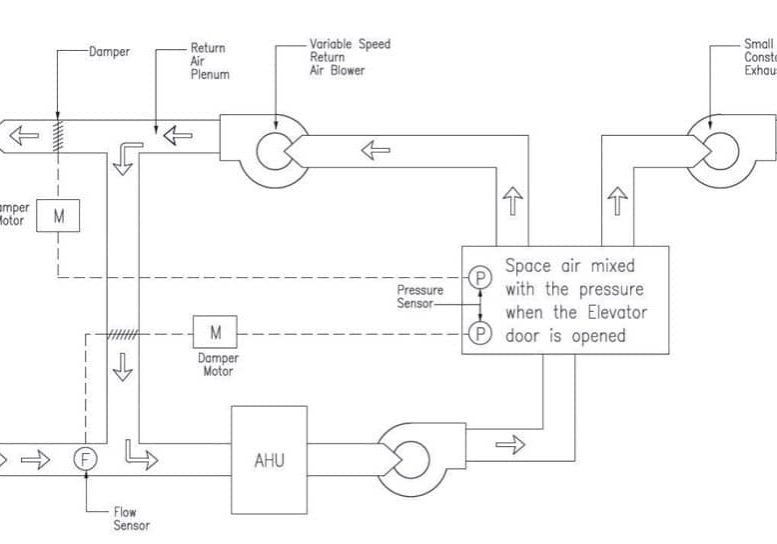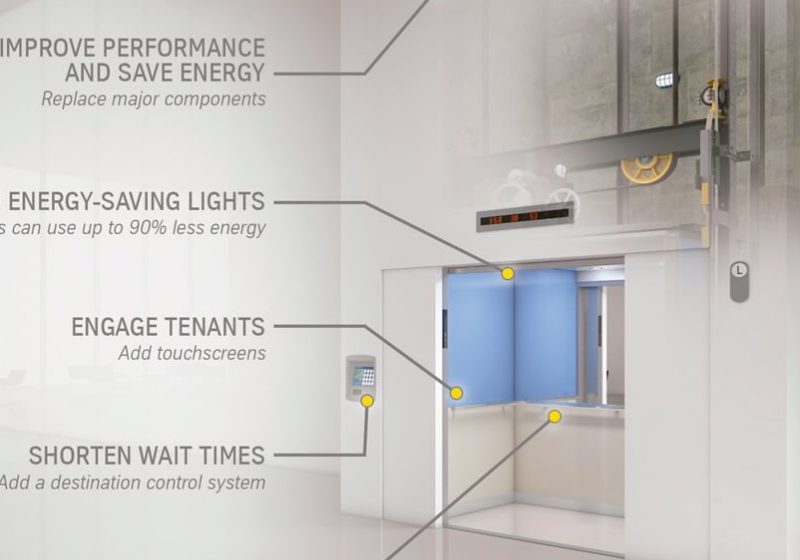The Installation Manual remains a popular resource for elevator technicians.
Like so much of modern-day American life, the Installation Manual owes its existence to World War II. The manual was written in response to a shortage of trained elevator mechanics after the war. Both “union and management” leaders had recognized the need for a resource to train the next generation of technicians. The Installation Manual, the newest edition of which was published in 2015, has been helping meet this need for many years. As a testament to its popularity, it has remained on Elevator World Inc.’s top-10 best seller list for decades. While the current situation might not be as dire as it was in the 1940s, training and education remain a major issue for the industry.
Original author Kermit Kraus said the writing of the book was “in the nature of a ‘crash’ program.” He completed the first manuscript in the space of five months in 1946. By September of that year, members of the National Elevator Manufacturing Industry, Inc. (NEMI) (now the National Elevator Industry, Inc. [NEII®]) were reading and using the book. The Elevator Constructor magazine also published Kraus’ “Pilot Course,” supplementary material, in 1946-1947 (ELEVATOR WORLD, June 2011). Sixteen years later, despite many errors, the manual had sold out. The NEMI board of directors formed a rewrite committee with Kraus and F.A. Kuehl in 1961. They expanded the new edition, while keeping the original intent and focus for the target audience in place.
Kraus’ vision for the book went beyond creating a helpful reference for industry professionals. In his detailed descriptions of the trade, he wanted to communicate to technicians a sense of the commitment required of them. This is embedded in a story from his own career in the first edition of the book:
“Some 20 years ago, when the writer was an apprentice, he was often told that the ‘good old days’ of the elevator business were gone beyond recall. The time of ‘iron men and wooden rails’ had been replaced by ‘wooden men and iron rails’!”
For this reason, the writing and publishing of the early editions was painstaking work. In the foreword to the 1962 edition, Kraus expresses his gratitude to many people, especially a “Mrs. M.A. Molloy.” She had “typed and retyped from the writer’s indecipherable script and equally poor typing.”
Executive Director of NEII Frank Aquillino gave the copyright and publishing rights to Elevator World, Inc. Elevator World has been publishing the manual with minor revisions since September 1980. A sale of 200 copies in 1997 triggered the need for the manual to be reprinted. In 2013, Elevator World added new illustrations from its archives and drawings from Brugg Lifting, and partnered with Perry Burch of Nashville to revise the text. Burch has had a long history with the manual. “In the 1950s and 1960s,” he says, “when I got in the industry and got my Mechanical Engineering card, that’s the book I took the test from.”
Fifteen chapters over 424 pages provide information on installing a traction elevator. The manual starts off with a history of vertical transportation, followed by a full chapter on safety. The bulk of the book covers all the details of elevator installation:
- Handling materials, rigging and hoisting
- Drawings and miscellaneous papers
- Guide rails
- Machine room and overhead work
- Pit structures
- Car and counterweight assemblies
- Cables and ropes
- Construction wiring
- Doors and operators
- Accessory parts and scheduling services
- Adjustments
The manual concludes with separate chapters on installing hydraulic elevators, MRLS and escalators.
In a 1963 “Rail Clips and Call Backs” column in EW, Paul John Kern wrote that the manual served as a good resource for technicians performing both installation and maintenance work:
“Knowing how the elevator is installed will give the man on the maintenance route a better understanding, which can sometimes clear up troubles occurring years after the equipment is installed, due to its getting out of original alignment” (EW, June 1963).
The Installation Manual has been useful the world over. In May 1980, Ente Nazione Infortuni (ENPI) Chief in Milan, Italy, Francesco Distaso used the book in a school he had started to train technicians. According to that year’s Annual Study, the manual was being translated into Spanish under the direction of Cruz Trujillo. A 1985 advertisement in EW noted the basic procedures for installing an elevator had remained unchanged for decades. The manual would thus be “especially helpful to those not having access to a sophisticated educational program” (EW, April 1985).
While the manual is not the best source for the latest innovations in the industry, it works well as a reference tool. Burch says, “It’s not an entity within itself, but the Installation Manual is another method/resource to learn about the elevator industry.”
Installation Manual is available for purchase from Elevator World’s commercial department via phone: (251) 479-4514, ext. 19; email: [email protected]; or online bookstore: www.elevatorbooks.com. Bulk pricing is available for orders of 25 or more.
Get more of Elevator World. Sign up for our free e-newsletter.









